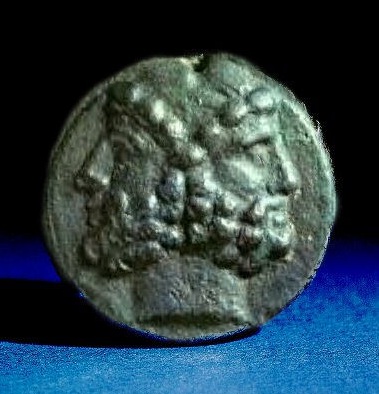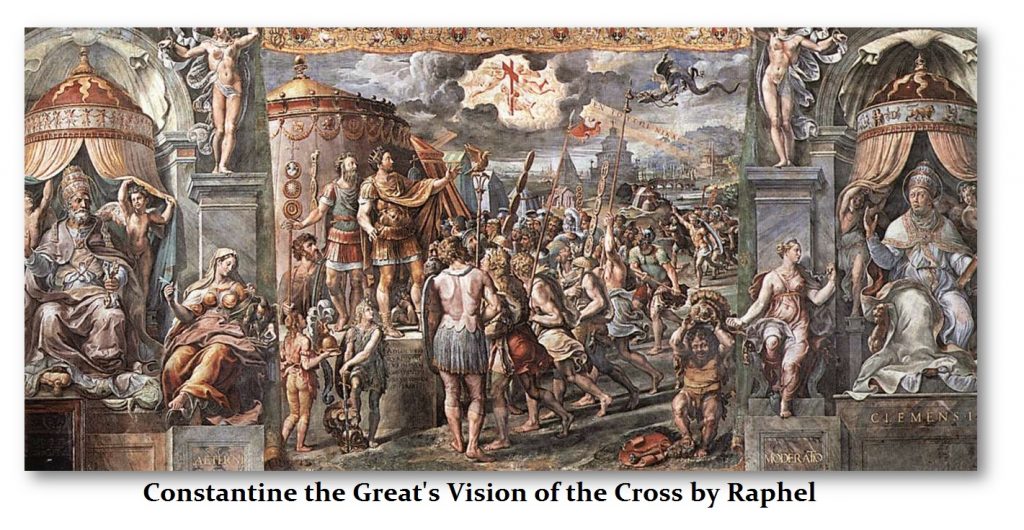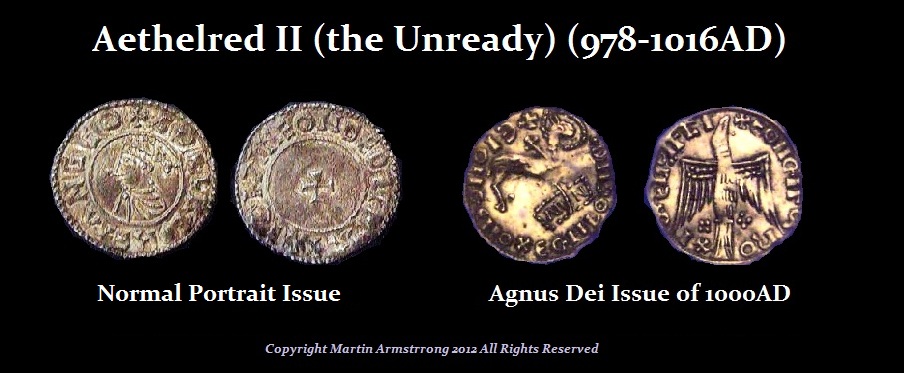Cycle of Religion – Detailed
COMMENT: In your blog on the cycles in religion, you may want to add some more dimensions: (1) Hindu worldview is cyclical over a vast cosmological timescale and then through a fractal (as above so below) astrological philosophy of action there appears an a-causal (synchronistic) relationship between cosmic, global and local possibilities for events which however are precipitated by individual choice of action. The outcomes of individuals’ actions are based on those choices. (2) There does not seem to be any awareness in your analysis of the latest revolution in religion that happened on 23 May 1844 in Shiraz, Persia merely 36 hours before the the other ignored revolution in human affairs caused by Mores’ telegram, “What Hath God Wrought!” which is the direct antecedent of the global communication revolution. Babi-Baha’i Religion is that new religion at the start of the new economics of global economic and political action based on the use of telecommunications well documented over the last 160 years. Exact dates and times are available for some of these events which should provide you with an ample opportunity to test various cycles going backward and forwards and generate more insights for refinements in your models!
Very best,
AAW
REPLY: I did not go into great detail with respect to religion for it is a touchy subject. There is clearly a major cycle and it too adheres to the 8.6-year fractal sequence. The Roman religion was similar to Hindu insofar as it accepted local gods from the provinces. The early dominant Roman god was Janus. We find the earliest Roman coin, the As, bore the picture of Janus. The As began as one pound of bronze and it was divided into twelve fractional units known an Uncia. This is our current weight system. We still celebrate Janus’ feast day, which was January 1st. The two faced god is still what we say on New Year’s Eve – goodbye to the old and we look forward to a new year with resolutions for change.
The Black Stone Of God

Gold Aureus Stone of Emesa
 The Roman emperor known to history as Elagabalus (218-222AD) takes his name from the sun-god of Emesa (Homs Syria today) for which he had been made high priest on May 16th, 218 AD. Elagabalus was actually born about 205 AD. With the assassination of Caracalla in 217 AD, power passed to the Praetorian Prefect Macrinus, but the desire for power from the Severian women led by his grandmother, Julia Maesa in Antioch, was very political and power hungry. They prevailed and Macrinus was deposed along with his son Diadumenian.
The Roman emperor known to history as Elagabalus (218-222AD) takes his name from the sun-god of Emesa (Homs Syria today) for which he had been made high priest on May 16th, 218 AD. Elagabalus was actually born about 205 AD. With the assassination of Caracalla in 217 AD, power passed to the Praetorian Prefect Macrinus, but the desire for power from the Severian women led by his grandmother, Julia Maesa in Antioch, was very political and power hungry. They prevailed and Macrinus was deposed along with his son Diadumenian.
When Elagabalus departed for Rome, he also took with him the famous Black Stone of Emesa, which was the symbol of the sun-god Elagabalus from the temple at Emesa in Syria. Herodian described this Stone of Emesa as being rounded at its base and rising to a point at its top. There were a few rough projections, in which people believed they saw an image of the sun. This black stone was most likely a meteor lending its legend that it came from heaven as a gift from the god to mankind. Therefore, the role of the priest and the possession of this stone was of great symbolic power.
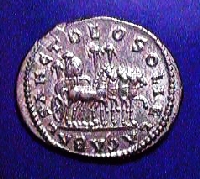 Elagabalus had been made a high priest of the sun-god cult when he was very young. Both he and his mother were religious fanatics and went as far as to take their eastern god to reign over all Roman gods in Rome itself. He constructed a very large temple adjacent to the Colosseum on the Palatine Hill. A second temple was erected just outside of Rome. He and his family would walk backward in a procession before the stone as it was brought to the second temple outside of Rome during a midsummer festival. Cassio Dio describes sacrifices of both animals and young boys. They made it mandatory for all to worship at the Shine of the sun-god including Jews and Christians. The sun-god was supreme and all other gods were subordinate to it. His religious practices drew sharp criticism when in 220 AD Elagabalus divorced his first wife Julia Paula and took a Vestal Virgin as his wife – Aquileia Severa. Vestal Virgins had been buried alive for breaking their vows even during the reign of Caracalla. Against the advice of his mother and grandmother, Elagabalus married Aquileia arguing that a union between the high priest and priestess would be born a son of god. But this religious taboo led to so much outrage, that Aquileia had to be divorced and a third wife Annia Faustina was selected.
Elagabalus had been made a high priest of the sun-god cult when he was very young. Both he and his mother were religious fanatics and went as far as to take their eastern god to reign over all Roman gods in Rome itself. He constructed a very large temple adjacent to the Colosseum on the Palatine Hill. A second temple was erected just outside of Rome. He and his family would walk backward in a procession before the stone as it was brought to the second temple outside of Rome during a midsummer festival. Cassio Dio describes sacrifices of both animals and young boys. They made it mandatory for all to worship at the Shine of the sun-god including Jews and Christians. The sun-god was supreme and all other gods were subordinate to it. His religious practices drew sharp criticism when in 220 AD Elagabalus divorced his first wife Julia Paula and took a Vestal Virgin as his wife – Aquileia Severa. Vestal Virgins had been buried alive for breaking their vows even during the reign of Caracalla. Against the advice of his mother and grandmother, Elagabalus married Aquileia arguing that a union between the high priest and priestess would be born a son of god. But this religious taboo led to so much outrage, that Aquileia had to be divorced and a third wife Annia Faustina was selected.
For all of Elagabalus’ religious positions and many wives, he was also very notorious for being a bisexual who also enjoyed dressing up and playing the part of a woman. Cassio Dio tells us that Elagabalus even married a male slave named Hierocles and enjoyed being beaten by him as if he was Hierocles’ female salve. Other men who slept with him were given high positions in government. Homosexuality among the Romans was not acceptable as it had been in Greek culture. Respect for Elagabalus declined significantly. It was even said that Elagabalus asked doctors if they could medically transform him into a woman and carried out his own experiments by cutting off the gentiles of young men as a sacrifice to his sun-god. His reign was notorious for religious fanaticism, for cruelty, bloodshed, and excesses of every description, and there was general satisfaction when, on March 6th, 222AD, Elagabalus, and his mother Julia Soaemias were murdered in the praetorian camp. Their bodies were dragged through the streets of Rome for display and then thrown into the Tiber River denied any burial right.
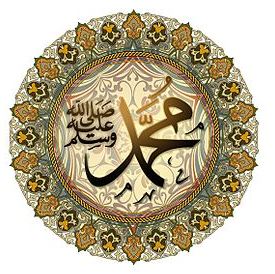 The Cycle of Religion clearly follows the 8.6-year frequency. From the Battle of the Milvian Bridge which took place between the Roman Emperors Constantine I and Maxentius on the 28th day of October 312AD (312.824), it was 309.6 years until the rise of Islam. At the age of 40 in 610AD, Muhammad is said to have received his first verbal revelation in the cave called Hira. This was the beginning of the writing of the Quran that continued up to the end of his life. There was also the persecution of the newly converted Muslims like there had been among the Christians. Muhammad and his followers migrated to Medina in 622AD, an event known as the Hegira and the birth of the Islam calendar (622.298).
The Cycle of Religion clearly follows the 8.6-year frequency. From the Battle of the Milvian Bridge which took place between the Roman Emperors Constantine I and Maxentius on the 28th day of October 312AD (312.824), it was 309.6 years until the rise of Islam. At the age of 40 in 610AD, Muhammad is said to have received his first verbal revelation in the cave called Hira. This was the beginning of the writing of the Quran that continued up to the end of his life. There was also the persecution of the newly converted Muslims like there had been among the Christians. Muhammad and his followers migrated to Medina in 622AD, an event known as the Hegira and the birth of the Islam calendar (622.298).
It is not certain when Jesus Christ was actually born. The census that is the story of having to travel to Bethlehem was actually the Census of Quirinius which took place in 6AD after Herod I the Great had died and the Romans were dividing Judaea into thirds among Herod’s sons. There is no actual evidence of Herod issuing an order to kill the firstborn males when in fact he clearly died about 10 years before. Such an order would have to have been issued by one of his sons, yet there is no surviving evidence to support that as fact.
Nevertheless, our model does place a turning point about late 3AD when most scholars agree that Jesus was born based primarily upon the Census of Quirinius. We then have in 312AD the victory of Milvian Bridge by Constantine the Great who then decrees that Christianity will be the state religion primarily so he got to plunder all the wealth of pagan temples. It is rather stunning how we come to major religious events every 309.6 years. This appears to be a change in beliefs that do not necessarily suggest complete changes in religions. Often these are shifts that become more fundamentalist in their beliefs or a turn toward liberalism.
Muhammad thus begins Islam 309.6 years after Constantine. The next target sees the beginning of pilgrimages to the Middle East during the 10th century. The belief that the world would end come the year 1,000 was very prominent, so much so that the English King Aethelred II (978-1016AD) replaced his image on the coinage with the symbol of Christianity – the lamb. Once the fearful date pasted, he reverted to placing his own portrait on the coinage once again. This particular cycle marked the Crusades, which began in 1095 as a pretense to protect the pilgrims.
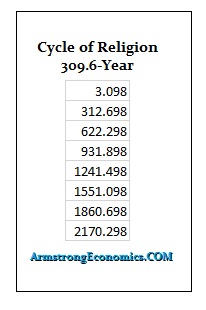 The next target in 1241 which was the year of the Great Mongol Invasion. Poland fell to the Mongols that year who are eventually beaten back. We also see in this cycle was a new trend of Antipopes when France seized the Catholic Church and installed French popes as puppets of the French king that became known as the Avignon Papacy. This was the period from 1309 to 1376 during which seven successive popes resided in Avignon. The Seventh Crusade was a crusade led by Louis IX of France from 1248 to 1254. This was the cycle that we see Constantinople fall to the Turks in 1453.
The next target in 1241 which was the year of the Great Mongol Invasion. Poland fell to the Mongols that year who are eventually beaten back. We also see in this cycle was a new trend of Antipopes when France seized the Catholic Church and installed French popes as puppets of the French king that became known as the Avignon Papacy. This was the period from 1309 to 1376 during which seven successive popes resided in Avignon. The Seventh Crusade was a crusade led by Louis IX of France from 1248 to 1254. This was the cycle that we see Constantinople fall to the Turks in 1453.
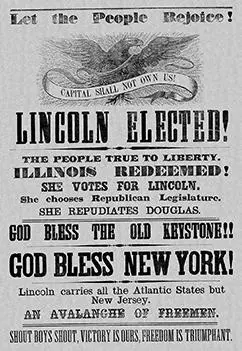 The next cycle turning point began in 1551 when the Council of Trent reconvened to deal with the Protestant Reformation. This cycle also marks the attempt of Islam to conquer Europe and impose Islam as the state religion. The invading army was the new Ottoman Empire, which was defeated at the Battle of Vienna which took place on the 12th of September 1683 after the imperial city had been besieged by the Ottoman Empire for two months. The peak of that cycle arrives 212 years from the beginning. That was 1763 and the start of George II restrictions placed upon Americans which led to the American Revolution, which was also about the freedom of religion.
The next cycle turning point began in 1551 when the Council of Trent reconvened to deal with the Protestant Reformation. This cycle also marks the attempt of Islam to conquer Europe and impose Islam as the state religion. The invading army was the new Ottoman Empire, which was defeated at the Battle of Vienna which took place on the 12th of September 1683 after the imperial city had been besieged by the Ottoman Empire for two months. The peak of that cycle arrives 212 years from the beginning. That was 1763 and the start of George II restrictions placed upon Americans which led to the American Revolution, which was also about the freedom of religion.
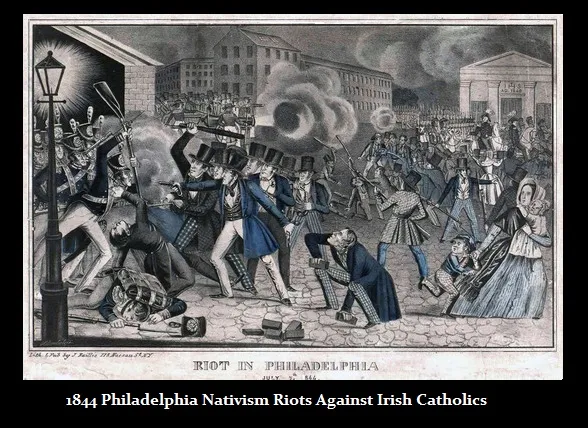 This brings us to 1860 and this is the beginning of the American Civil War, which was rooted in a religious question concerning slavery. This current cycle will reach its peak in 2072 and the next will begin in 2170. We are clearly moving toward a clash of philosophies both within Christianity as well as among different religious foundations. As we move into that major turning point, we will see rising discontent and religious confrontation engulf the world. In the USA, we have the liberal v conservative confrontation which is also incorporating the religious right and anti-abortion movements v women’s liberation factions. They see this as plain and simple – thous shalt not kill. Yet this is inconsistent with the idea of war itself. Perhaps it is ok to kill someone if the government tells you to do it?
This brings us to 1860 and this is the beginning of the American Civil War, which was rooted in a religious question concerning slavery. This current cycle will reach its peak in 2072 and the next will begin in 2170. We are clearly moving toward a clash of philosophies both within Christianity as well as among different religious foundations. As we move into that major turning point, we will see rising discontent and religious confrontation engulf the world. In the USA, we have the liberal v conservative confrontation which is also incorporating the religious right and anti-abortion movements v women’s liberation factions. They see this as plain and simple – thous shalt not kill. Yet this is inconsistent with the idea of war itself. Perhaps it is ok to kill someone if the government tells you to do it?
This is part of the religious cycle as well. We will also see the conflict between Christianity and Islam build in Europe. This will be no different from the anti-immigration movement that surged into gun battles on the streets of Philadelphia during the economic depression that followed the Sovereign Debt Defaults by states during the 1840s. As the economic decline picks up speed from 2018 into 2020, the tensions against immigration will only rise. This is also behind the separtist movements in Europe.
We are in the Seventh Wave following the birth of Christ. From a pure cyclical perspective, the next turning point in 2072 may be a significant religious change. What comes, can only be subject to speculation. We have completed six waves of 309.6 years. The Seventh is where major change and conflict will be unleashed.

